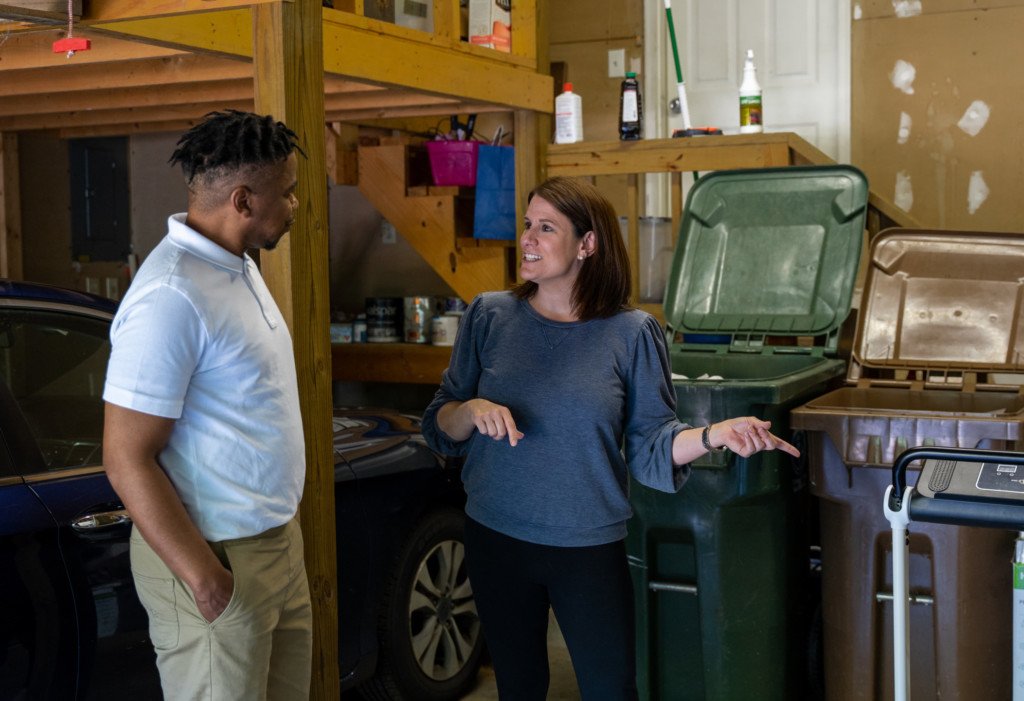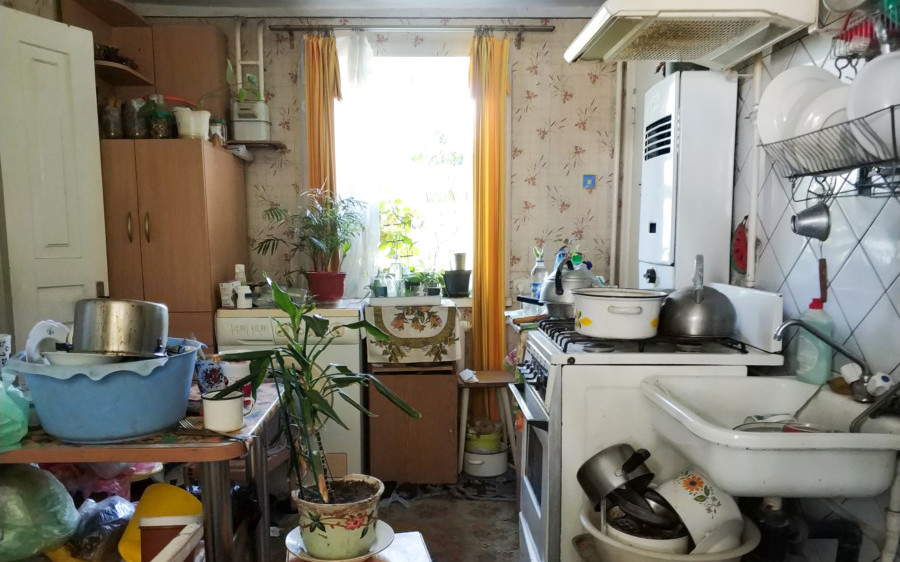How to Price Large Junk Removal Jobs
Avoid the Costly Mistake of Under Quoting
Knowing how to price large junk removal jobs is an important skill that you and your crew members must master. These jobs have the potential to net you some great profits, but at the same time, you could accidentally underquote them and wind up losing money instead! That’s because even when you underestimate the price of the job, you should honor that estimate in order to keep your customers happy and uphold the reputation of your business. In other words, under no circumstances should you lowball the quote. The question is, how can you avoid this every time?
See Absolutely Everything
Obviously, a key part of making an accurate quote is knowing how much junk you have to haul. If a customer says, “everything must go,” you better make sure you see EVERYTHING before making an estimate. You may even feel like an estimation pro. On smaller jobs, you might be able to take a look at one room or do a quick stroll through a house and know how many truckloads of junk are in it in mere minutes. Well, with these big junk removal jobs, it’s really not good to make assumptions. Don’t make yourself look like a fool by thinking the job is going to be X number of trucks and only peeking inside a crowded attic when it’s too late to adjust your estimate. There could be an entire truckload’s worth of junk up there, after all!
In fact, there are all kinds of places you should give a close-up look when sizing up the job. Remember, the only way to see everything is to check everywhere!
- Basements and Attics
- Closets
- Garages
- Bathtubs (You’d be surprised!)
- Behind Sofas and Furniture
- Inside Drawers and Cabinets
- And Anywhere Else You Might Find Junk!
Doing the Math to Price Large Junk Removal Jobs
When it’s time to price large junk removal jobs, it might help to do a little math. Let’s walk through an example of this process together so you can have a better understanding of how it all works.
First, let’s clarify that generally, we allot four manhours for a truckload of junk. However, in the case of large junk removal jobs, it will often take more than four manhours per truckload. Why? Well, you’ll find that in most cases, the junk isn’t sitting there in a pile for you already. It’s spread all throughout the property, and the responsibility of gathering it up falls on you and your crew.
Let’s say you walk through a property and estimate there are about ten truckloads of junk that need to be collected. You also determine that you’re going to need ten extra manhours, or overage hours, to get the work done.
(10 Truckloads x Truckload Rate) + (10 Overage Hours x Overage Hour Rate)
Let’s say you charge $600 per truckload of junk, along with $50 for each overage hour.
(10 Truckloads x $600) + (10 Overage Hours x $50)
$6,000 + $500 = $6,500
Boom! There’s your estimate—right? Well, it’s not that simple since you want to account for potential errors in the estimation process. This is why we highly recommend you estimate a loose price trending upwards rather than downwards. For example, you might want to price the job above as if it were twelve truckloads for a total of $8,200. Assure the customer you have done your best to estimate the job at a higher price than you believe it will actually be. This will help calm their nerves and sign off on the quote.
Here’s an example of how to present your quote to the customer:
Hey Jerry, I’ve looked at everything you have. This is a type of job we do all the time. With these jobs, it is often difficult to see everything. As we remove things, we’re going to uncover more things that we didn’t know about. I’ve done my absolute best to look at everything and I think you are going to be between 10-12 truckloads and there is going to be some additional labor because of how spread out everything is.
I wrote up an estimate based on 12 truckloads, plus some labor and I’ve totaled it at $8,200. This is not an exact price, but it should be very close and I’ve actually done my very best to estimate this higher than I think it will actually be. I want to make sure I give you a good idea of the price upfront and I want to assure you that we are going to do our very best to do this job for this price or even less. If it doesn’t take as long or as much space, we’re going to adjust it down. However, if we uncover things that we don’t expect, we will update you immediately and we will do a final invoice at the end of this job.
If all this sounds good, all I need is just your signature right here and we’re going to go ahead and get started.
Customer Demands a Firm Price: What to Do?

In this situation, you really have no choice but to add even more leeway to the final cost of the job. With hedging, you and the customer work together to make sure the price is fair for everyone involved. You can’t hedge with a firm quote, and you need to protect yourself from losing money on the job, so do what you have to do and aim higher rather than lower. When someone asks for a firm quote, this is the price you will charge them no matter what, even if the job comes in higher or lower than you estimated.
Knowing how to price large junk removal jobs is an important skill. Some might even consider it an art. Practice your skills and learn the ins and outs of estimates, and you’ll be an artist in no time. Your business will thank you later when it rakes in profits from large junk removal jobs instead of losing money!
Related Article: Two of the Biggest Pricing Mistakes We See Junk Removal Business Owners Make

